Ever had a slice of deli turkey and felt off later? Or maybe you reached for some soy sauce, certain it was just soy and salt—only to get hit with the gluten backlash. It’s wild how many foods claim to be safe but quietly pack gluten.
We all know bread and pasta are on the gluten “nope” list. That’s the easy part. The real trouble makers are the everyday foods you don't expect. Stuff like salad dressings, imitation crab, or those flavored potato chips can throw your gluten radar way off. It’s not just about the obvious wheat, barley, or rye, either.
If eating gluten-free feels like a game of hide-and-seek, you’re not alone. Manufacturers use gluten for texture, binding, and even as a thickener in things you’d never guess. So, shopping means hunting for hidden ingredients and reading labels like a detective.
Keep reading for a play-by-play on the handiest tips to spot sneaky gluten, plus what to swap in so you’re not giving up flavor, tradition, or fun at family dinners. No more guessing games about what’s really safe on your plate.
- Not-So-Obvious Gluten Offenders
- Processed Foods That Hide Gluten
- Sauces, Seasonings, and Sneaky Additives
- How to Outsmart Hidden Gluten
Not-So-Obvious Gluten Offenders
This is where things get tricky—even if you skip the bread, wheat can show up in places that make no sense. Let’s be real: most people don’t expect gluten in their morning sausage or in soup at their favorite restaurant, but it’s hiding in plain sight.
Here are some foods that can catch anyone off guard:
- Processed Meats: Think hot dogs, sausages, and even some rotisserie chicken. The meat itself is fine, but those fillers, seasonings, or marinades can pack gluten for texture or bulk.
- Soup and Broth: Cream-based soups or even some clear broths use wheat flour or wheat starch as thickening agents. Some veggie or chicken cubes? Yep, gluten can sneak in.
- French Fries: Potatoes are naturally gluten-free, but many restaurants toss them in seasoned coating, or fry them in oil that’s shared with breaded foods.
- Granola Bars and Cereals: Oats are okay by themselves, but most brands work with wheat or barley to bind everything together.
- Imitation Seafood: Sushi fans, watch out for fake crab (surimi). It’s often held together with wheat starch.
- Salad Dressings: Some thick and creamy dressings use wheat flour, not just oil and vinegar.
Check out this table—real ingredients in everyday foods that surprise most folks trying to avoid gluten:
| Food | Hidden Gluten Source |
|---|---|
| Pre-seasoned Rice Mix | Wheat starch in flavor packets |
| Licorice Candy | Wheat flour used for chewy texture |
| Morning Sausage Patties | Breading/binder with wheat |
| Egg Substitute (liquid form) | Thickened with wheat flour |
| Blue Cheese | May be cultured on bread mold |
If you’re shopping, make it a habit to scan labels—even the foods you’ve bought before can change ingredients without warning. Companies sometimes swap out gluten-free grain for wheat to cut costs, and you’d never know unless you check that packaging every time.
Processed Foods That Hide Gluten
Most people think processed foods are safe if they’re not made with bread or pasta, but gluten turns up in spots that would make your head spin. Let’s get practical and call out some actual examples. Meats like sausages, deli turkey, and meatballs? They’re often bulked up with wheat fillers to make them juicier and cheaper. Ready-to-eat soups from a can? Tons get thickened with wheat flour. Even canned beans can get smacked with gluten if they have added flavorings.
Breakfast and snack foods? Granola bars, cereal, and instant breakfasts love using malt flavoring (which usually comes from barley), so if you’ve got your eyes on something "crunchy and healthy," double-check that label. Don’t get me started on flavored chips and crackers. Some brands dust chips with seasonings containing wheat. I once got burned grabbing “cheddar” popcorn on a road trip—lesson learned.
Here’s a breakdown of where gluten lurks most in processed foods:
- Packed Deli Meats (especially those with "seasonings" or "binders")
- Instant Soups and Bouillon Cubes
- Flavored Yogurts (the kind with cookie pieces or cereals)
- Granola Bars and Protein Bars
- Pre-made Burgers and Veggie Patties
- Potato Chips (not all, but many flavored options)
- Candies and Licorice (yep, wheat flour helps hold some together)
Check out this table for some jaw-dropping gluten stats in processed foods:
| Food Type | % of Market Containing Gluten (2024) |
|---|---|
| Deli Meats (processed) | 60% |
| Granola Bars | 75% |
| Flavored Chips | 50% |
| Instant Soup Mixes | 80% |
| Protein Bars | 66% |
Here’s the bottom line: gluten is everywhere in processed foods because it’s cheap, and manufacturers use it to improve gluten texture or shelf life. My tip? Choose brands that clearly mark “gluten-free,” or even better, go for minimally processed snacks—think fresh fruit, nuts, or plain chips. When in doubt, a quick scan of the ingredients label can save you loads of stomach trouble later.
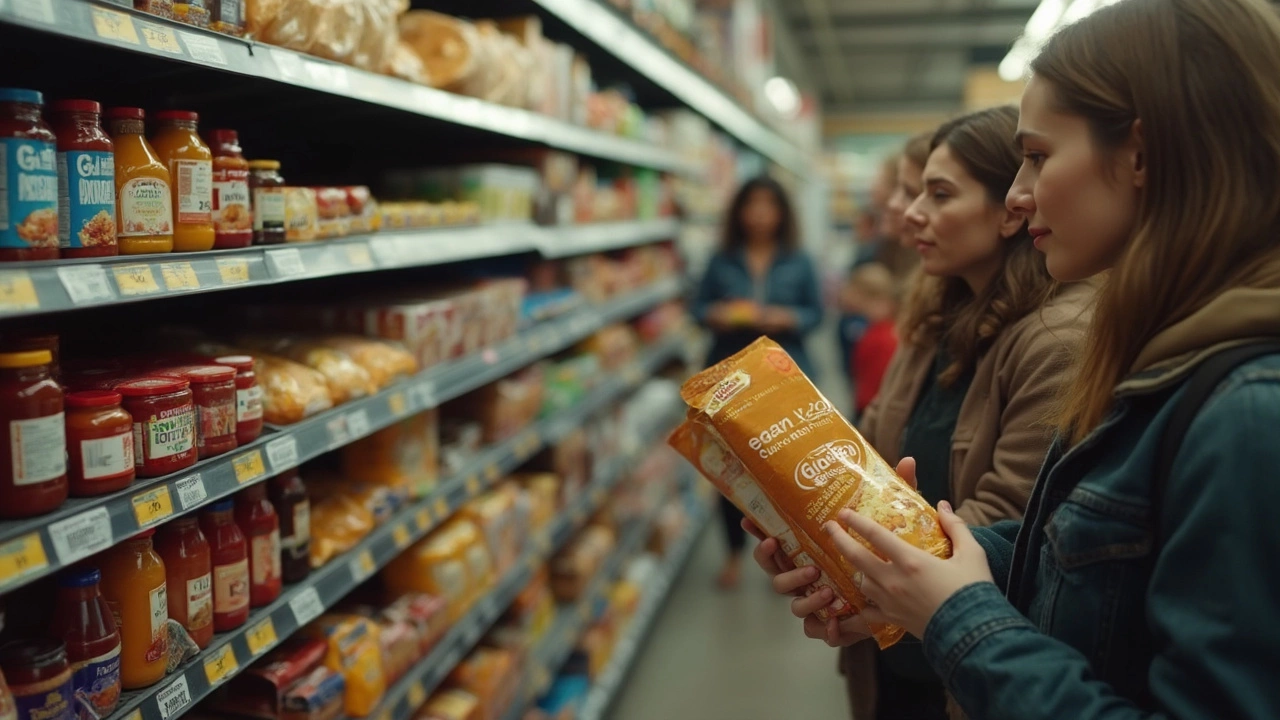
Sauces, Seasonings, and Sneaky Additives
Sauces and seasonings are straight-up minefields when you’re eating gluten-free. You wouldn’t think a dash of soy sauce or a sprinkle of taco mix could throw your day off, but they often do. A ton of the flavor boosters sitting in your kitchen are loaded with either wheat-based thickeners, malt flavoring, or other glutens lurking under a different name.
If you love Asian food, check those bottles closely. Regular soy sauce almost always has wheat in it—sometimes as the second ingredient. Tamari is a decent swap and most brands label their gluten-free version clearly. Oyster sauce, teriyaki, and hoisin all carry the same risk. Even that jar of barbecue sauce can have gluten, thanks to thickeners or “modified food starch.”
Pre-made spice mixes, salad dressing packets, and gravy add-ins aren’t safe by default, either. Wheat flour gets used as a cheap filler or thickener in a lot of dry mixes. Malt vinegar, crouton bits in dressings, and even some mustards go on the suspicious list.
- Gluten is used in soy sauce, salad dressings, gravy mixes, and flavor packets.
- Get in the habit of checking for terms like "wheat starch," "barley malt," or "modified food starch."
- Gluten can sneak into spice blends just to prevent clumping (it gets called "anti-caking agent").
- Some ketchup brands, weirdly enough, use malt vinegar – so always check.
Here’s a quick peek at some common sauces and seasonings, with how often gluten turns up in each:
| Food Item | Chances of Gluten (out of 10) | Safer Alternative |
|---|---|---|
| Soy Sauce | 9 | Tamari (labeled gluten-free) |
| Gravy Mix | 8 | Homemade with cornstarch or rice flour |
| Barbecue Sauce | 7 | Check for certified gluten-free brands |
| Pre-made Taco Seasoning | 6 | Mix spices yourself at home |
| Salad Dressing | 5 | Olive oil, vinegar, fresh herbs |
The best move? Scan labels—even for brands you trust. Ingredients change, and companies update recipes with little warning. Stick to single-ingredient spices, and look for that certified gluten-free symbol on bottles, especially when you’re trying a new product. If you want to be totally sure, whip up sauces at home. That way, you know exactly what’s going in—no sneaky surprises.
How to Outsmart Hidden Gluten
Beating hidden gluten starts with one thing: reading labels like your life depends on it. Sometimes, wheat isn’t just called “wheat”—you’ll see words like “malt” (from barley), “modified food starch,” or even “hydrolyzed vegetable protein.” Those sneaky names end up in plenty of snacks and sauces, so if you’re living gluten-free, you have to get in the habit of scanning ingredient lists every single time.
Here’s a list of steps and tips that actually work when you’re trying to avoid gluten without feeling overwhelmed:
- Gluten isn’t always front and center on labels, so memorize the top ingredients that scream "contains gluten": wheat, barley, rye, malt, brewer’s yeast, and triticale.
- Double-check anything labeled "natural flavors" or "spices"—they sound innocent but can pack in wheat fillers.
- Choose certified gluten-free labels when you can. In the U.S., if it says “gluten-free,” it’s supposed to have less than 20 parts per million of gluten, which sets a pretty safe bar.
- Avoid bulk bins—even if you grab gluten-free grains, cross-contamination is common from shared scoops or bins.
- When eating out, ask your server straight-up if a dish is completely gluten-free—including sauces and sides. Some kitchens add a dusting of flour to fries or chicken for crispiness.
It can help to know where you’re most likely to get tripped up. Here’s a quick look at common foods with unexpected gluten, and how often people get unlucky if they aren’t checking regularly:
| Food Category | Hidden Gluten Risk | Reported Incidents* |
|---|---|---|
| Soy Sauce | Wheat used in brewing | High |
| Deli Meats | Fillers, binders | Moderate |
| Flavored Chips | Seasoning ingredients | High |
| Soups & Broths | Wheat thickeners | Moderate |
| Salad Dressings | Malt vinegar, thickeners | Moderate |
*Reported incidents based on surveys from celiac and gluten intolerance groups in the US.
If you’re ever in doubt, leave it out. The best way to skip hidden gluten is to make as much as you can from whole, single-ingredient foods. Swapping wheat-based soy sauce for tamari, or using cornstarch instead of flour to thicken sauces, has saved dinners at my house so many times it’s not even funny. And if you find a product you love that’s truly gluten-free, stick with it—I’ve had plenty of heartbreak over recipes that switched up ingredients without warning.


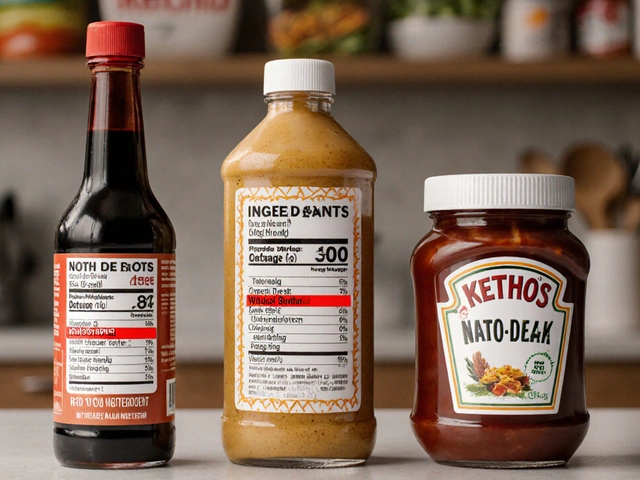

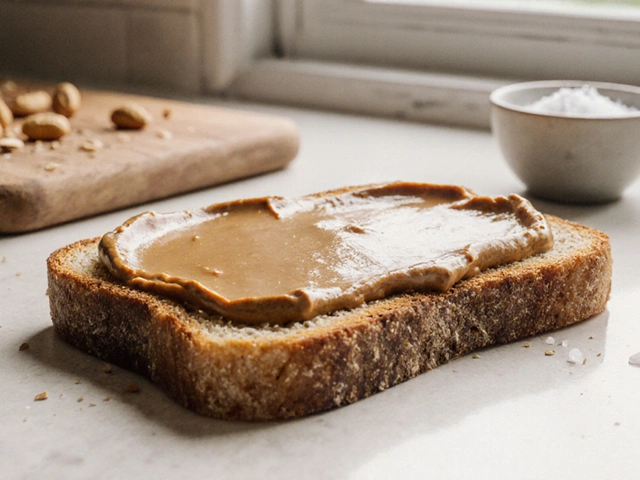
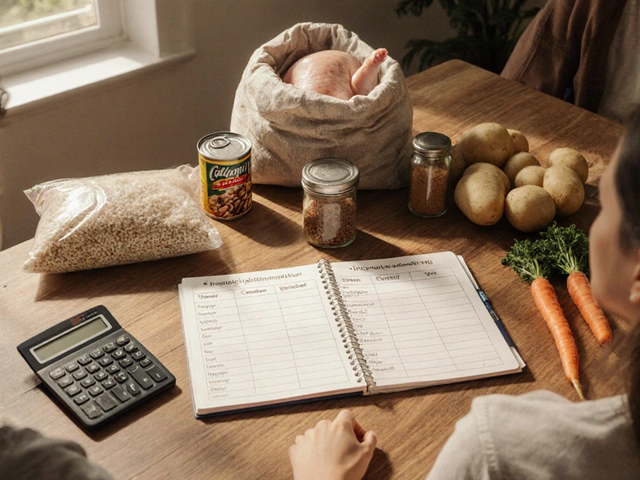
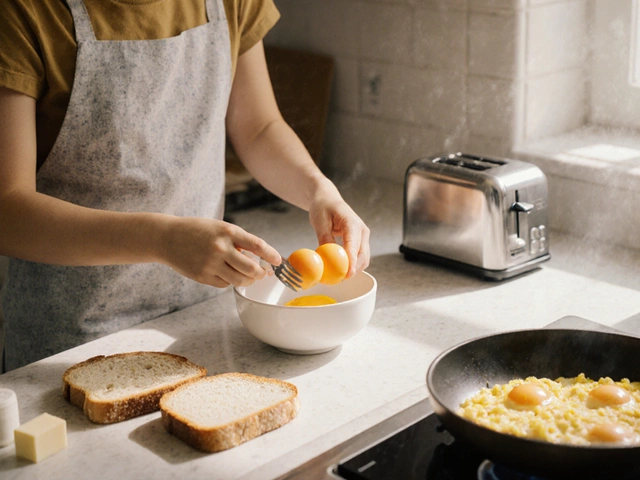
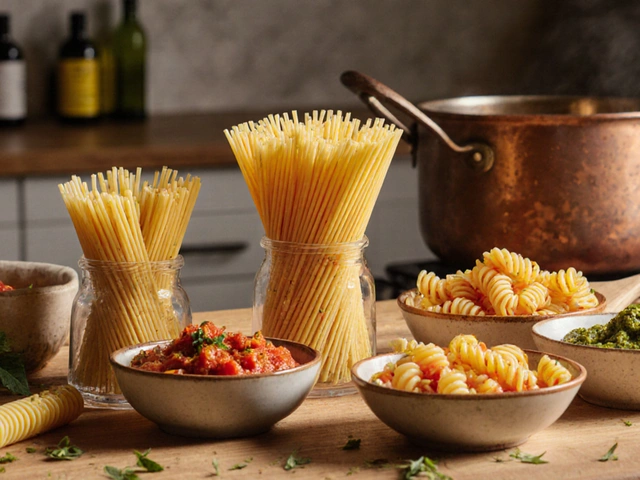

Write a comment